Their Voices Will Be Heard
"One day men will look back and say I gave birth to the 20th Century"

Recently, I went on a Jack The Ripper virtual tour on YouTube. Having been on two physical tours a few years ago, this virtual tour (of course, due to covid) is the best tour I have ‘been on.’ Sinead O’Leary made the whole tour come alive and very interesting. She ‘knew’ her subject. Now, I have touched on Jack The Ripper in my article ‘A Penny Dreadful’, and I am in no way a Ripperologist. In fact, my husband has read so many books on this subject, and we have even been to the Jack The Ripper museum in London, that he is the one who could ‘lecture’ on this. However, it has caught my interest, which is why I’ve dedicated this article to the five known women who were murdered by Jack The Ripper.
It’s not just the man himself and the way he murdered these women that interests me. It’s the whole Victorian ‘scene.’ Every time I hear about Jack The Ripper, my mind’s eye is transported to a world which looks like it belongs in a Horror movie, but it was actually real. The buildings, the pubs, the layout of Whitechapel and Spitalfields and the very way that people lived fascinates me. When we read about the layout of London and ‘how’ people lived (especially the poor) back then, we can see how Jack The Ripper ‘escaped’ being caught by the police. Now, the police force was in its infancy --- there was no forensic evidence as such --- even the photograph had just been invented --- so the police could only go by what was physically in front of them and by the knowledge they had ‘back then.’ Considering this was the very first serial killer in London, and the amount of evidence that was kept and recorded --- they did their best!
Jack The Ripper terrified the people of London in 1888, specifically August to November. This was a time of extreme poverty or extreme ‘rich’, there didn’t seem to be any middle ground. The streets were dirty and fresh food was either too expensive or just hard to get, and the smell of sewage ‘stunk’ in the air. The area was over-over-crowded and crime became a normal part of life. There is some truth in the story of “Oliver'' written by Charles Dickens! It was ‘better’ to live on the streets than to go into a Workhouse and prostitution seemed to be a normal part of life for a lot of women in London.
It is said that 78,000 people lived in absolute poverty in the district of Whitechapel at this time. Queen Victoria had been on the throne for 50 years. Whitechapel was the worst district in London’s East End and was considered a “no-go zone” even before the murders done by Jack The Ripper. This area was a maze of roads, alleyways and courtyards which were poorly lit by gas lamps at night. Many of the residents were from other countries, who were escaping the poverty in their own country, so they arrived with very little money, education or even knowledge of the English language. These people worked every hour they could just for the basics of life. The men would look for work at the docks, in the shops and factories, and would work long hours for very little money. The choice for women (English or foreign) was domestic service --- or prostitution.
Many of the residents of Whitechapel were unemployed and homeless, and what money they did have went on drink, “to drown their sorrows.” It is recorded that 2 or 3 families would live in one small room because it was all they could afford. For 4p, you could sleep in a bed, in a room, with 80-odd complete strangers (or as many people as could fit in the room). Or, for 2p, you could lean up against a wall with a rope around you (to stop you from falling) and, again, with complete strangers, “just so you could sleep leaning against it (a wall) with a roof over your head.” The buildings were called “Lodgings” and were damp, crawling with vermin and disease. Put this with the malnutrition that was all too real, and we can see why half of the children, at this time in history, died before their 5th birthday. The records tell us that around 1,200 women worked as prostitutes in London (although the number was probably higher).
Against this backdrop, the women who Jack The Ripper murdered did not stand a chance! Mary Ann Nichols, Annie Chapman, Elizabeth Stride, Catherine Eddowes and Mary Jane Kelly were all murdered by the one man. Their individual stories are heartbreaking and sad. Not one of them set out to make a career in prostitution. Even after over a hundred years, we still do not know who Jack The Ripper was or why he committed these dreadful murders. We do know about the women, though, and it is their stories that I’ve put down in writing in this article. They were innocent and did not deserve to die in such a terrible manner. It is their “Voices" we want to hear.

Mary Ann Nichols was born on 26th August, 1845, in Dean Street, Soho, London. She was the second of three children and her father was a blacksmith and her mother a laundress. Mary married at 18 to William Nichols, who worked as a printer’s machinist. The wedding took place on 16th January, 1864, at Saint Bride’s Parish Church in the City of London. The couple had five children: Edward John (b.1866), Percy George (b.1868),Alice Esther (b.1870), Eliza Sarah (b.1877) and Henry Alfred (b.1879). Mary herself was 5ft 2ins tall, with brown eyes and high cheekbones. Her hair was greying dark brown at the time of her murder. The couple moved into their own home in Blackfriars Road in 1880, the weekly rent was 5s. 9d.
The couple separated and William took four of the children with him to an address near Old Kent Road. He claimed that Mary was drinking, heavily, and this was the cause of the separation. Over the following years, Mary built up a police record mainly for minor offences, namely drunkenness, disorderly conduct and prostitution. She spent the rest of her life going from Workhouse to Workhouse, boarding house to boarding house and working as a prostitute. William ‘supported’ Mary by sending her a weekly allowance of five shillings (as was required by Law) until 1882 when he stopped, learning that Mary was ‘earning’ by working as a prostitute, although most of the money went on drink.
By 1887, after a failed affair with Thomas Stuart Drew, Mary had begun to live ‘rough’ (or on the streets) in Trafalgar Square. Going into yet another Workhouse, Mary ‘appeared’ to have found her feet and was employed as a domestic servant to Mr and Mrs Cowdry in Wandsworth. Mary was given a lucky break and wrote to her father: “I just write to say you will be glad to know that I am settled in my new place, and going on alright up to now. They are very nice people.” The Cowdry’s were teetotallers and religious people so Mary's drinking soon became a problem and after just three months, she absconded, stealing clothing worth £3 10s. After this, Mary again went from lodging-house to lodging-house and ended up in Whitechapel.
At around 11pm (30th August), Mary was seen walking along Whitechapel Road. She visited the Frying Pan pub in Spitalfields and left at 12.30am on 31st August, 1888. Mary went back to the lodging-house in Flower and Dean Street and was seen by the deputy of the lodging-house, who asked her for the 4d required if she wanted to stay there. Not having the money, Mary left (unconcerned) saying: “I’ll soon get my doss money. See what a jolly bonnet I’ve got now”, and went out into the early morning to ‘earn’ her money. Emily Holland was the last person to see Mary alive. Noticing how drunk she was, Emily asked her friend to go back with her to the lodging-house in Thrawl Street. “I have had my lodging money three times today, and I have spent it,” said Mary, who walked towards Whitechapel Road.
At 3.40am (31st August, 1888), two men on their way to work came across a woman’s dead body. It was Mary Ann Nichols. She had been violently murdered. According to Llewellyn, who examined her dead body, death would have been instantaneous and Mary was dead before the murderer cut her up. A small mercy!
When Mary’s life started fairly normal, though poor, why did she turn to drink? When she was given a second chance and was employed as a domestic servant, why did she ruin it for herself? Why didn’t Mary go back with her friend, Emily, to the lodging-house? She would never have been murdered!

Annie Chapman was born on 25th September, 1840, in Paddington. She was the first of five children, her father being a soldier in the 2nd Regiment of Life Guards and who didn’t marry her mother until 1842. The family relocated to Berkshire in 1856. According to her brother, Annie started drinking from a young age. The family again moved to Clewer in 1861, except Annie, who was in London due to work commitments as a domestic servant. Annie was known to be intelligent, sociable, civil, industrious when sober, but she did like to drink rum. She was 5ft in height, had blue eyes and wavy, dark brown hair, leading her friends to give her the nickname “Dark Annie.”
Annie married John James Chapman on 1st May, 1869, in London and in 1870, John managed to get a job in the service of a nobleman in Bond Street. The couple had three children: Emily Ruth (b.1870), Annie Georgina (b.1873), and John Alfred (b.1880). Annie had managed to ‘beat’ the drinking until her son was born a cripple and placed in an institution close to Windsor. Annie started drinking heavily again. Her daughter Emily Ruth died of meningitis in 1882. Both Annie and John began to drink heavily.
In 1884, the couple separated. John took custody of their only living daughter, living in Windsor, while Annie went to live in London. John ‘supported’ Annie by paying her a weekly allowance of 10s. In 1886, John died of liver cirrhosis and now Annie had no money. Her children went to live with their grandmother in Knightsbridge.
Over the years, Annie started living with a man but when her allowance stopped, he left her, and Annie became very depressed. It seemed that she had lost her will to live. By June, 1888, Annie ‘resided’ in Crossingham’s Lodging-House in Dorset Street. She paid 8d for a double bed, which she occasionally shared with Edward Stanley, a 47 year old bricklayer. Annie ‘earned’ her money from crochet work, selling flowers and casual prostitution. Eight days before her death, Annie got into a fight with a woman over a bar of soap, which ended with Annie going to the Whitechapel infirmary. She had a black eye and bruising on her chest.
Around 2am on 8th September, (1888), Annie went out to ‘earn’ her doss money. Around 6am, the dead body of a woman was found by John Davis. Annie Chapman was “another woman (who) had been murdered!” Dr. Phillips established a connection between Annie’s murder and that of Mary Ann Nichols, which had happened only (roughly) a week before.
Again, why did Annie start to drink at such a young age? According to her friends, Annie rarely used sex to earn money, preferring crochet work and selling flowers. It was such a shame that on one of the rare occasions Annie turned to prostitution , she was murdered. If only she could have sold more flowers then Annie may not have been murdered!
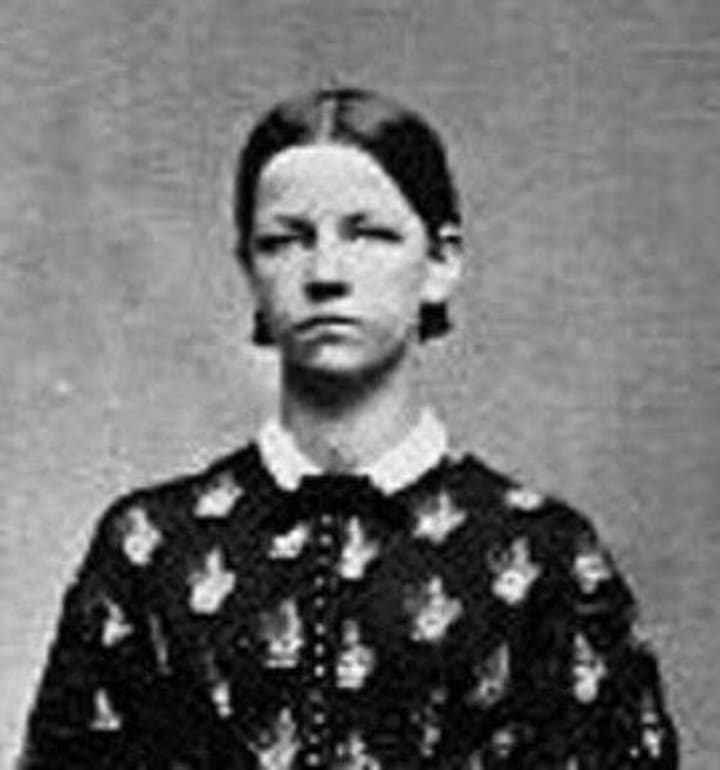
Elizabeth Stride was born on 27th November, 1843, in Sweden. She was the second of four children and her father was a farmer. At 16, Elizabeth moved to Gothenburg for work, which she found as a domestic servant. Elizabeth was 5ft 2ins in height, with light grey eyes, a pale complexion and curly, dark, brown hair. Her nickname was “Long Liz”, possibly because of her general facial structure.
It appears that Elizabeth became involved in prostitution at a young age as police records date back to March 1865 when she was arrested on the charge of prostitution. Records show, also, that Elizabeth was treated (at least) twice for venereal disease, and she gave birth to a stillborn girl in April 1865. In February, 1866, Elizabeth moved to London where she learned to speak English and Yiddish, (she could already speak her native language Swedish). In 1869, Elizabeth married John Thomas Stride. He was a ship’s carpenter and 22 years older than Elizabeth. The couple moved to East India Dock Road, and they owned a coffee shop in Poplar, East London, with John adding to the couple’s income by continuing as a carpenter. In 1875, John sold the coffee shop and the marriage started to deteriorate. The couple had no children, just themselves to deal with.
Elizabeth was admitted to the Poplar Workhouse in 1877, the couple having now separated. She was taken to a Whitechapel Workhouse infirmary in 1881 with bronchitis and then ‘resided’ in one of several common Lodging-houses on Flower and Dean Street, Whitechapel. In 1884, Elizabeth’s husband, John, died of tuberculosis in the Poplar and Stepney Sick Asylum. Elizabeth took up living with Michael Kidney but she filed a formal assault charge against him but didn't follow it through and the case was dismissed.
Elizabeth earned her money by sewing and house cleaning --- and prostitution. She was described as having a calm temperament, although she had been arrested (roughly) 8 times for being drunk, for disorderly conduct and “the use of obscene language.” The relationship was still on and off with Kidney (1885-1888). Elizabeth did try to make a decent living by cleaning, either at the Lodging-house where she was ‘living’ or for the Jewish community. Again, she was described as a quiet woman by Elizabeth Tanner (the house keeper of the same Lodging-house).
September 29th, 1888, found Elizabeth cleaning for which she earned 6p. She went out that evening with Elizabeth Tanner to the Queen’s Head pub on Commercial Street and then Elizabeth, leaving her friend, went back alone to the Lodging-house. It seems that she went out into the night, possibly to ‘earn’ some more money and was seen in the company of ‘acquaintances’ (or possibly clients). Sunday 30th September, 1888, a dead woman’s body was discovered at around 1am. It was Elizabeth Stride. 2,000 lodgers were interrogated or investigated with regards to Elizabeth’s murder.
Elizabeth’s father was a farmer so she would have been raised relatively healthy, eating well enough and possibly better than most of her age at that time. Why did she go into prostitution at such a young age? When she tried to earn money in a respectable way, why did Elizabeth go out, that last night, to prostitute herself? How could her murder have been avoided?

Catherine Eddowes was born on 14th April, 1842, in Wolverhampton. Her father was a tinplate worker and her mother was a cook at the Peacock Hotel. The family moved to London where her father found work in Bell Court. Her mother had 11 other children but only 10 survived. Catherine’s parents died when she was still young so she was taken to a Bermondsey Workhouse at the age of 15. She then went backwards and forwards between Wolverhampton and Birmingham, aunts and uncles, doing several types of employment, until she ‘settled’ down with Thomas Conway, a soldier, and the couple had 2 children. Catherine was 5ft tall, with dark, auburn hair and hazel eyes. She was described by her friends as an intelligent and scholarly person, “but possessed of a fierce temper.”
The couple moved to London (Westminster) where a 3rd child was born. It was here that she started drinking. Catherine left her family in 1880 and, a year later, started living with John Kelly at 55, Flower and Dean Street, Spitalfields. It was a common Lodging-house at the centre of London’s most notorious criminal rookery. Catherine started to ‘earn’ her rent money through prostitution.
Saturday 29th September, 1888, found Catherine lying drunk in the road on Aldgate High Street (at 8.30pm), and she was arrested and detained until she had sobered up. At 1am on Sunday 30th September (1888), Catherine left the police station, saying: “Alright. Good night, old cock.” She was last seen alive at 1.35am that same morning. A dead woman’s mutilated body was discovered at 1.45am in the South-West corner of Mitre Square. It was Catherine Eddowes. This was 45 minutes after Elizabeth Stride was found murdered --- on the same day! These two murders are now called “The Double Event.”
Why did Catherine start drinking and leave her family? As she found herself in a notorious criminal part of London, Catherine Eddowes really did not stand much of a chance.
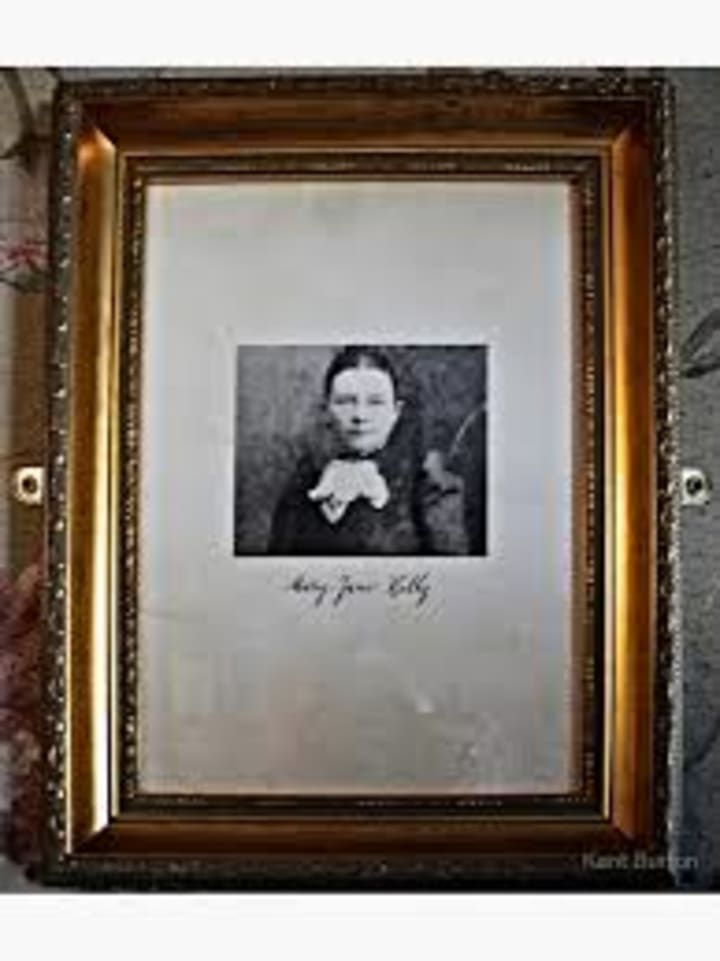
Mary Jane Kelly’s early life is obscure. She may have been born in Limerick, Ireland, and the family may have moved to Wales when Mary was a child. She (apparently) came from “well-to-do people”, but her parents disowned her. Mary was either a blonde or a redhead. Her eyes were blue. She was 5ft 7ins in height and was an attractive woman and “a pretty, buxom girl.” Mary always wore a clean white apron but never a hat.
At 16, Mary married a coal miner named Davis or Davies, but he was killed in a mining explosion. She may have then moved in with a cousin in Cardiff where Mary (possibly) started to ‘earn’ money through prostitution. In 1884, Mary moved to London where she started to work in a tobacconist in Chelsea and then moved on to domestic service while lodging in Crispin Street, Spitalfields. The following years, she moved to the district of Fitzrovia, central London.
Mary met a French woman in Knightsbridge and now worked in a high-class brothel in the more affluent West End of London. Mary became very popular and spent her money on expensive dresses and on hiring a carriage. She even went to France with a client but came back two weeks later because she didn’t like her life there. In 1885, Mary lodged with a Mrs Buki in lodgings near the London Docks North Quay. Her descent into East End life was “markedly rapid” and it was at this time that Mary started to drink. It seems that Mary started living with different men until she ‘settled’ with Joseph Barnett and the couple moved into 13, Miller’s Court, Spitalfields. It was a 12-foot square room, with a bed, tables, a chair, a small tin bath and a picture hung above the fireplace. Mary had lost her key so she would open the front door by putting her hand through a broken window pane next to the door.
Mary was sick of the life she had. Barnett lost his job and moved out so Mary (like the other 4 women before her) ‘earned’ her money through prostitution. She would often allow prostitutes to sleep in her room on cold, bitter nights. Mary had a kind heart but just couldn’t get out of the life she found herself in. She said to a friend: “Whatever you do, don’t you do wrong and turn out as I have.”
On 8th November, 1888, Mary brought a ‘gentleman’ back to her room. A neighbour heard Mary singing at around 1am (Mary used to sing when she was drunk). When the neighbour went to bed at 1.30am, Mary had stopped singing.
Shortly after 10.45am on 9th November, 1888, Thomas Bowyer knocked on 13, Miller’s Court to collect the rent. When no one answered, he looked through the broken window and saw the mutilated body of a dead woman. It was Mary Jane Kelly. Even by today’s standards, the mutilation of the body was horrendous!
When Mary (apparently) came from “good people”, what had she done for her parents to disown her? Why lose such a comfortable life? Again, Mary turned to drink and prostitution and just couldn’t get out of the life that sickened her. How could this murder have been prevented?
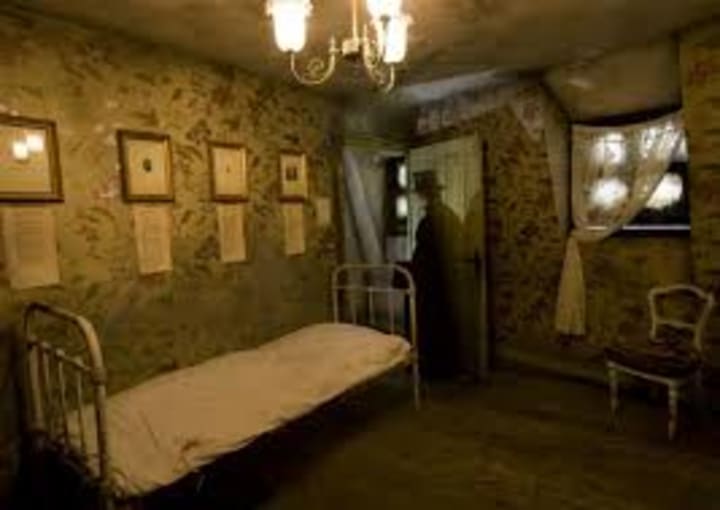
You may have noticed that I haven’t gone into detail as to how the women were murdered and how their dead bodies were mutilated. There are hundreds of books written with these details in them. Here, I wanted the women to ‘tell their own stories.’ There are so many questions that cannot be answered, we just know that, no matter what their lives were, these 5 women did not deserve to lose their lives in such an horrendous manner. Mary Ann Nichols, Annie Chapman, Elizabeth Stride, Catherine Eddowes and Mary Jane Kelly were innocent!
About the Creator
Ruth Elizabeth Stiff
I love all things Earthy and Self-Help
History is one of my favourite subjects and I love to write short fiction
Research is so interesting for me too


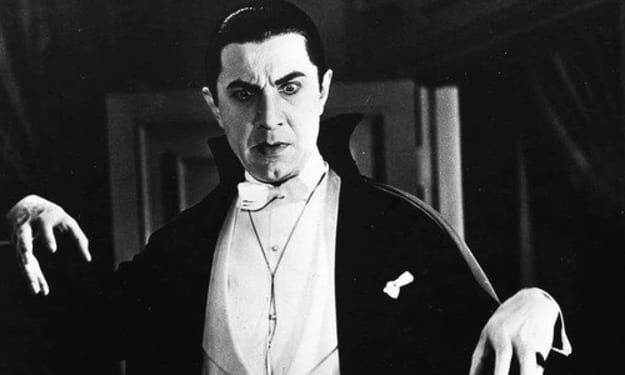

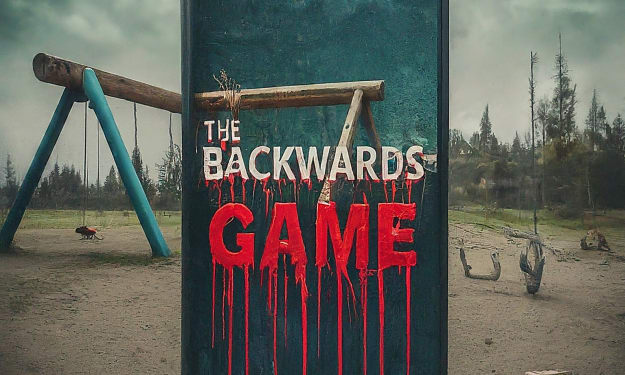

Comments
There are no comments for this story
Be the first to respond and start the conversation.